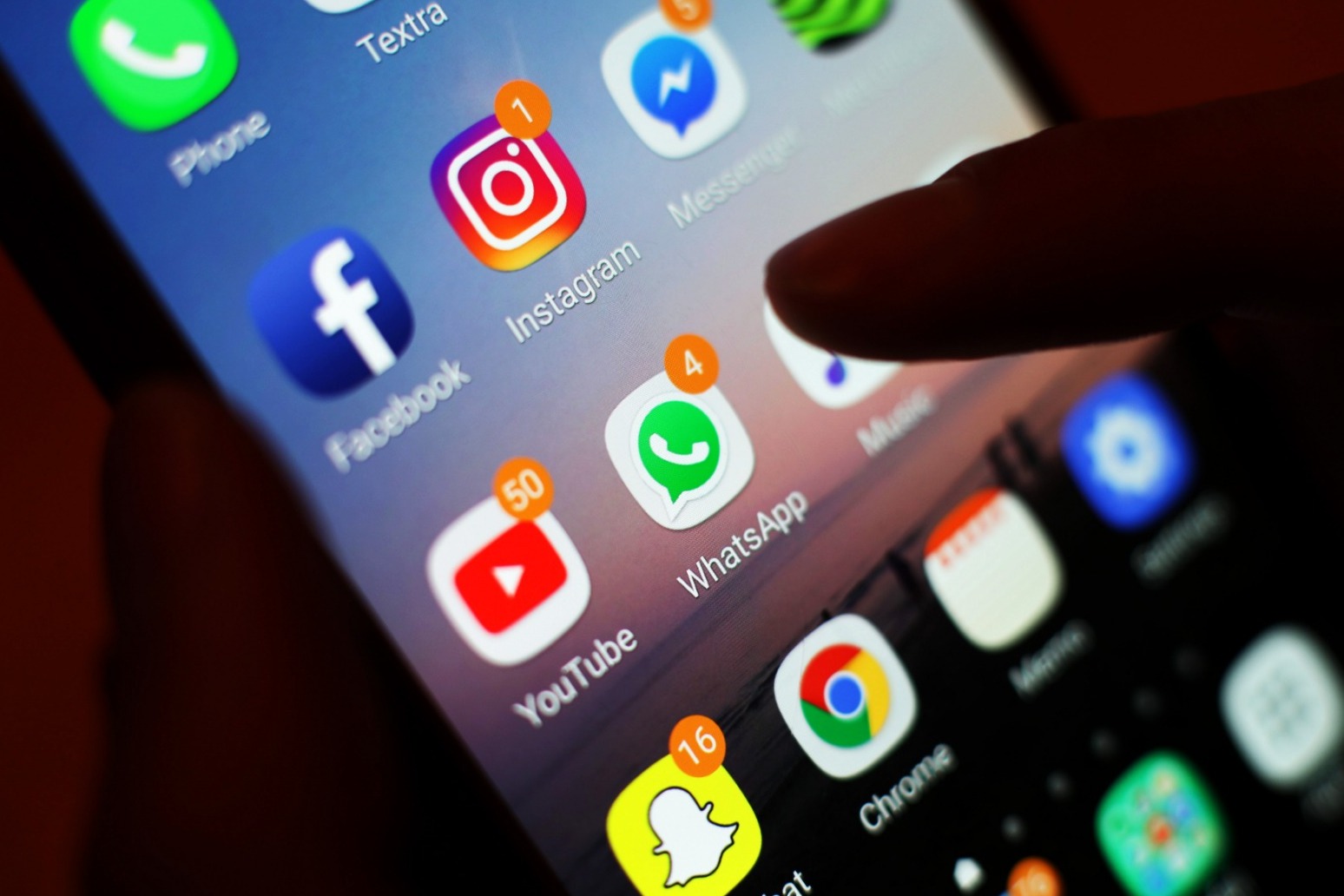
Rising number of self-generated child sexual abuse images online reported
Nearly 20,000 webpages of child sexual abuse imagery found in the first half of this year included self-generated content of children aged between seven and 10 years old, the Internet Watch Foundation (IWF) has said.
The online safety group said the scale of content showing young children who had been coerced into creating imagery made it a social and digital emergency.
The UK-based IWF is Europe’s largest hotline dedicated to finding and removing images and videos of child sexual abuse online and said this year’s figures were up nearly 8,000 on the same period last year and more than quadruple the number of images of this type found in the first half of 2020.
IWF chief executive, Susie Hargreaves, said “more needs to be done” to combat the issue and called on the Government, tech companies and the police to work together more closely.
“There is no place for child sexual abuse on the internet and we cannot simply accept, year on year, that sexual imagery of children is allowed to be exchanged without constraint online,” she said.
“Child sexual abuse which is facilitated and captured by technology using an internet connection does not require the abuser to be physically present, and most often takes place when the child is in their bedroom – a supposedly ‘safe space’ in the family home. Therefore, it should be entirely preventable.
“We need to attack this criminality from several directions, including providing parents and carers with support to have positive discussions around technology use and sexual abuse, within the home.
“Children are not to blame. They are often being coerced, tricked or pressured by sexual abusers on the internet.
“Only when the education of parents, carers and children comes together with efforts by tech companies, the Government, police and third sector, can we hope to stem the tide of this criminal imagery.”
She added that this made the delayed Online Safety Bill – which had been making its way through Parliament before the summer recess – “essential” in order to hold platforms accountable for finding and removing such content to better protect users.
“Children everywhere need the UK Government to be role models in internet regulation and for Ofcom to acknowledge experts, like IWF, who are experienced in tackling this criminality online. The efforts in this area are being watched around the world,” she said.
Responding to the figures, Home Secretary Priti Patel said: “The cruelty and inhumanity of people who abuse children is appalling.
“Since becoming Home Secretary, I have been unequivocal in my backing of law enforcement to go after those disgusting offenders who abuse children both in the U.K. and abroad.
I have led every international effort to tackle this abuse and persuaded my international counterparts to do the same.
“Online child sexual abuse has a lifelong effect on victims. I have pursued policies and actions to ensure technology companies are held accountable for keeping our children safe.”
According to the IWF’s figures, although the fastest increase in abuse content was among the seven to 10 age group, those aged 11 to 13 still represents the largest group for self-generated imagery, often captured via webcams or smartphones.
The group also noted that the number of boys aged between seven and 13 appearing in self-generated imagers had more than doubled.
Published: by Radio NewsHub